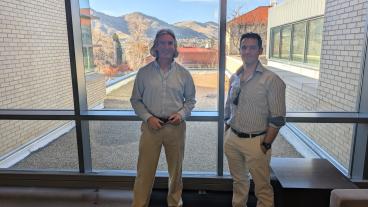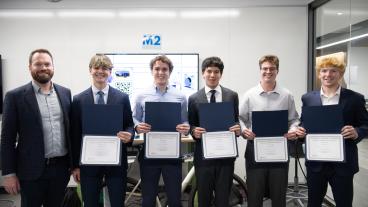Media tip sheet: Understanding wildfire impact from Mines experts
Mines experts explain wildfire impact from emergency notifications to debris flows to snowpack loss
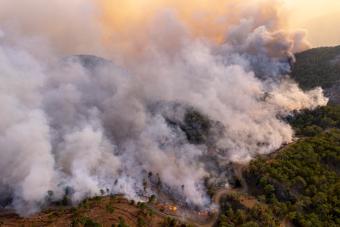
Colorado School of Mines is home to a number of experts who can speak to how climate change is fueling wildfires and the aftermath of wildfires.
A key pre-fire issue involves the advance warning that people receive regarding the possibility of a wildfire, and the notice they get after the fire has started.
Debris flows and flooding are among the biggest wildfire impacts after the fires themselves are extinguished.
Our Experts
Paul Santi, professor of geology and geological engineering

Santi works on predictive tools to better understand post-fire debris flows. Understanding how far the debris will flow and how much there will be helps us appreciate how destructive that flow will be.
“Gully bank failure, where the side of the channels collapse when a debris flow comes through, is a major reason we see so much debris flowing down slopes after wildfires," Santi said.
Terri Hogue, dean of Earth and Society Programs and professor of civil and environmental engineering

Hogue studies how environmental systems recover after a wildfire. She works to understand what the post-fire environment will look in two years, five years, etc. She examines wildfires’ effect on flooding events, and how fires can impact upcoming snowpack totals.
“Systems are highly variable in how they recover from wildfire. For example, Jeffrey pines typically don’t recover for many years, while other types of trees recover more quickly," Hogue said.
Adrienne Marshall, assistant professor of geology and geological engineering
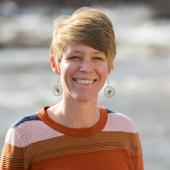
Marshall is a hydrologist with expertise that includes the impacts of fire on snowpack.
"Dead vegetation left behind by a wildfire can impact future snowpack since the dead vegetation can deposit burned material on the snow surface. The snow then absorbs more energy from the sun and melts faster than it would in unburned conditions," Marshall said.
Alexis Navarre-Sitchler, professor and department head of geology and geological engineering

Navarre-Sitchler studies how the ash and fire retardant that washes into reservoirs post wildfire impact water quality and algal blooms.
"Nutrients can increase in reservoirs post wildfire from vegetation ash and airborne applied fire retardant. These nutrients benefit wildfire recovery in soils and promote vegetation regrowth, but in reservoirs increased nutrients can lead to harmful algal blooms. Water quality studies of pre- and post-fire conditions help us understand the role of ash and retardant on algal bloom frequency and intensity in reservoirs," Navarre-Sitchler said.
Elizabeth Reddy, assistant professor of engineering, design and society
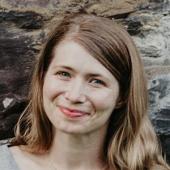
Reddy is an anthropologist with expertise that includes warning-focused communications.
“It comes down to ongoing communication. A one-and-done warning will not be a successful warning. People need to be made aware of risks long before they ever get a warning. If something goes wrong and a warning wasn’t necessary after all, that’s a chance for more education and trust-building," Reddy said.
Journalists who would like to connect with any of these Mines wildfire experts are invited to contact Media Relations Specialist Erich Kirshner at erich.kirshner@mines.edu.


